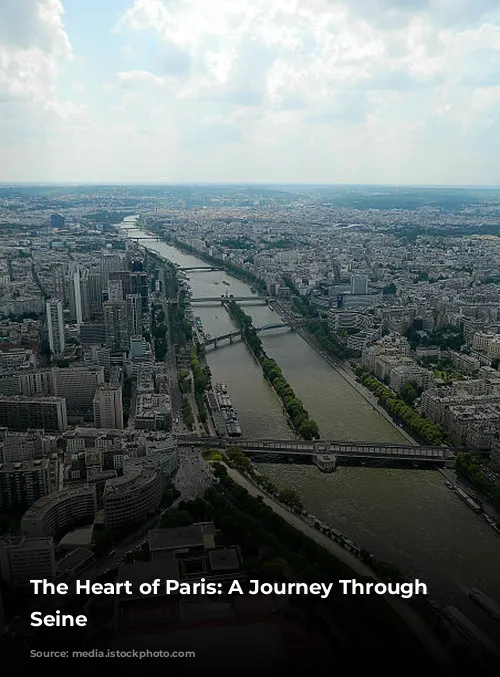The River Seine, a timeless artery coursing through the City of Lights, is more than just a waterway; it’s a living tapestry woven with history, culture, and romance. From its humble beginnings to its grand Parisian presence, the Seine has shaped the destiny of a nation. Let’s embark on a journey to discover its secrets, tracing its path from its source to its graceful embrace of the English Channel.
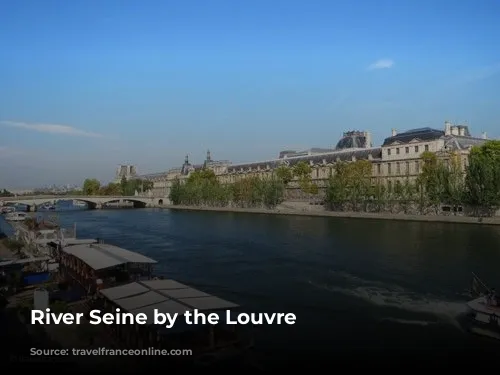
A River’s Birth: From Source-Seine to the Sea
The Seine’s lifeblood springs forth at Source-Seine, nestled amidst the rolling hills of the Plateau of Langres in the Bourgogne-Franche-Comté region. This serene site, perched at an altitude of 446 meters, marks the humble origin of a river that will journey for 777 kilometers, carving its path through bustling cities and tranquil countryside alike.
The Seine, a river of contrasts, gently flows through cities like Troyes and Rouen, their history echoing in its waters. Finally, it reaches its grand finale, pouring into the English Channel through a wide estuary, flanked by the vibrant port cities of Le Havre and Honfleur. This graceful ending is the culmination of a remarkable journey, a testament to the river’s enduring presence.
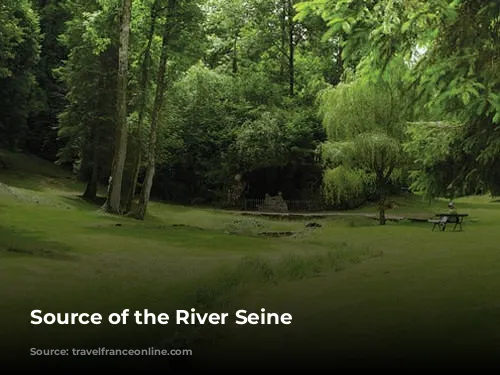
The Seine’s Ancient Legacy: Echoes of the Past
The Seine’s history is deeply intertwined with the Celtic deity Sequana, who was believed to reside in its sacred source. This ancient connection is reflected in the man-made grotto erected above the spring’s origin in 1865. Inside, a statue of the nymph Sequana, a graceful young woman standing upon a boat, pays homage to the river’s ancient spiritual significance.
The whispers of the past are not lost on the banks of the Seine. The vestiges of a Roman temple, once positioned near the source, await excavation, promising to unveil further secrets about this revered waterway. The Archaeological Museum of Dijon houses a collection of offerings and ex-votos unearthed from the surrounding area, offering a window into the region’s rich historical tapestry.
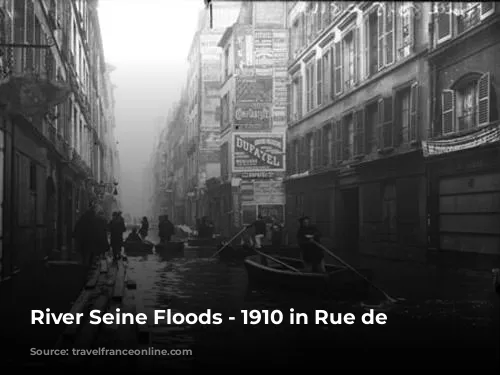
The Seine in Paris: A City’s Lifeline
Flowing through Paris from east to west, the Seine becomes the beating heart of the city, an integral part of its identity and soul. Spanning 13 kilometers within the Parisian landscape, the river glides at a precise elevation of 26.72 meters above sea level, forming a vital waterway for the city.
The Seine’s presence in Paris is undeniable, shaping the city’s character and influencing its daily life. Its width varies, from 30 meters to 200 meters, its depths ranging from 3.4 meters to 5.7 meters, offering a diverse environment for recreation and transportation.
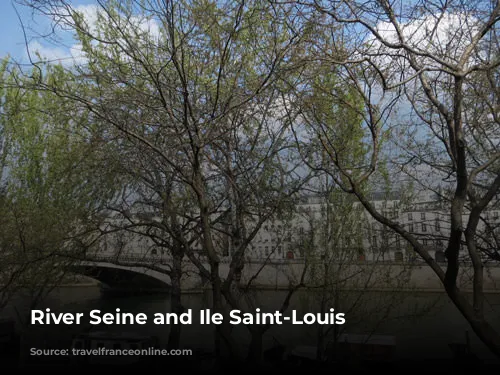
Parisian Romance and the Bridges of the Seine
Thirty-seven bridges, including four footbridges, gracefully span the River Seine, each one a testament to Parisian artistry and a source of inspiration for poets and songwriters. From the iconic Pont Mirabeau to the charming Pont des Arts, these bridges have become synonymous with Parisian romance, capturing the essence of love in their structures and the stories they hold.
The Seine’s bridges are not merely functional structures; they are living pieces of art, each with its own story to tell. They are a visual reminder of the city’s enduring connection to its river, a connection that has inspired countless works of art and literature.
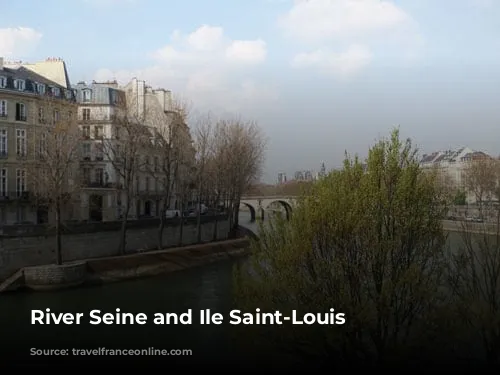
A River’s Role in Shaping a City: From Ancient Barges to the Marais
The Seine’s influence on Paris extends far beyond its visual appeal; it’s a force that has shaped the city’s physical landscape and its social fabric. From ancient times, the Seine has been a vital artery for transportation, drawing settlements to its banks since the Neolithic era.
The discovery of ancient barges in the Parc de Bercy, now housed at the Carnavalet Museum, is a testament to the river’s enduring importance. These vessels tell tales of trade, of journeys undertaken along the Seine, and of the river’s role as a conduit for life and commerce.
The Seine’s impact on Paris’s geography is equally profound. The river’s shifting course and the emergence of islands and islets have contributed to the city’s distinctive layout. The Ile de la Cité, strategically positioned at the crossing of the Seine and ancient north-south routes, became the birthplace of Paris.

The Nautes Parisiens: Guardians of the River
The Corporation of the Boatmen of Paris, the Nautes Parisiens, played a pivotal role in the city’s early development, safeguarding the Seine and its bounty. Their origins can be traced back to the Celtic tribe Parisii, who settled on the Ile de la Cité, recognizing the strategic importance of this river crossing.
Proficient navigators on the Seine, the Parisii expanded their maritime activities after the Roman conquest, strengthening their presence on the river and establishing their legacy as guardians of the waterway. The Nautes Parisiens left their mark on history, constructing notable monuments such as the Pillar of the Boatmen, a testament to their enduring legacy.

The Petit Pont: Paris’ Oldest Bridge
The first bridge over the Seine, a wooden structure built by the Parisii, was rebuilt by the Romans in the 1st century AD, marking a significant milestone in the city’s development. Known as the Petit Pont, this bridge spanned the smaller arm of the Seine, connecting the Ile de la Cité with Rue St Jacques on the Left Bank.
The Petit Pont, Paris’ oldest bridge, stands as a symbol of the city’s resilience and its enduring connection to its river. It has witnessed countless changes throughout its history, but its name and its role as a vital link across the Seine have remained constant.
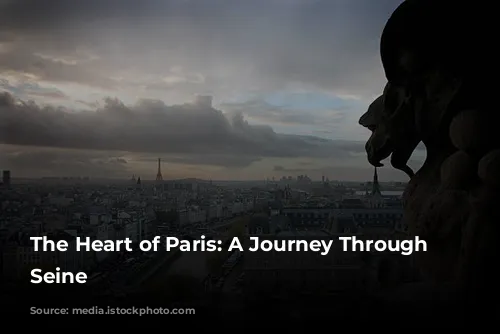
A River’s Transformation: From Water Source to Recreation
The Seine has been a vital water source for Parisians throughout history, its waters nourishing the city and sustaining its growth. In the 17th century, a water pump called Samaritaine, installed beneath the Pont-Neuf, provided water to the Louvre until the 19th century.
However, in medieval Paris, access to running water was limited, and people collected water directly from the river or purchased it from street vendors. To address this issue, Napoleon initiated the construction of the Canal St Martin and Bassin de La Villette in the early 19th century, bringing water to public fountains throughout the city.
The Seine has also served as a natural recreational space for Parisians. Strolling along its banks, swimming in its waters, and enjoying the scenic views have always been a cherished part of Parisian life.
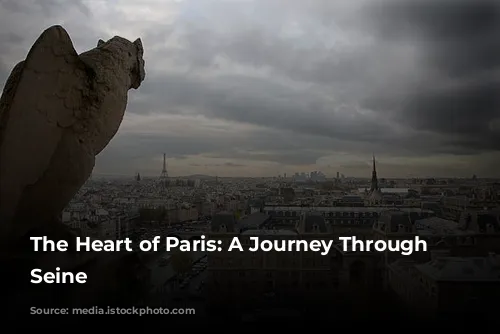
The Seine’s Unruly Nature: Floods and Frozen Landscapes
The Seine, once a wild and untamed river, was renowned for its unpredictable nature, capable of both breathtaking beauty and destructive power. In harsh winters, the river would freeze solid, allowing pedestrians to walk across its icy surface.
As spring arrived, the icy grip would loosen, unleashing massive blocks of ice that could damage bridges and cause flooding in nearby areas. The Seine’s history is marked by numerous significant floods, including the devastating floods of 1280, 1296, and 1910, which left their mark on the city and its people.
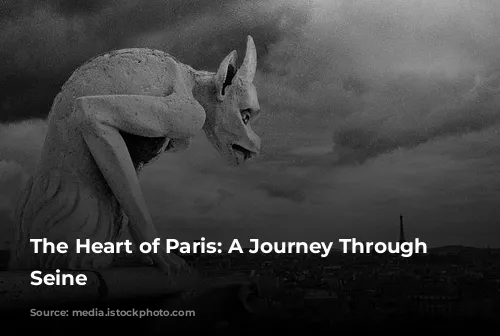
The Seine’s Legacy: Shaping the City’s Landscape
The Seine’s influence on the Parisian landscape is profound, its ever-changing course shaping the city’s layout and its character. Numerous islands and islets have emerged from the Seine’s waters, each playing a unique role in the city’s history.
The Ile de la Cité, the birthplace of Paris, stands as a testament to the river’s power to unite and connect. Other islands, like the Ile St Louis and the Ile aux Cygnes, have been incorporated into the urban fabric, expanding the city’s reach and adding to its unique character.
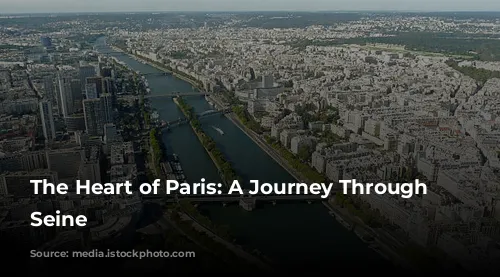
The Marais: A Gift from the Seine
The Marais, a vibrant and historic district, owes its existence to the Seine’s transformative power. A broad meander in the river’s course led to the formation of a marshland, which was eventually drained and reclaimed by the Knights Templar and monks of the Abbaye de St Martin-des-Champs in the 11th century.
The Marais, once a marshland, has become a thriving cultural hub, a testament to the Seine’s ability to reshape its surroundings, creating new spaces for life and creativity.
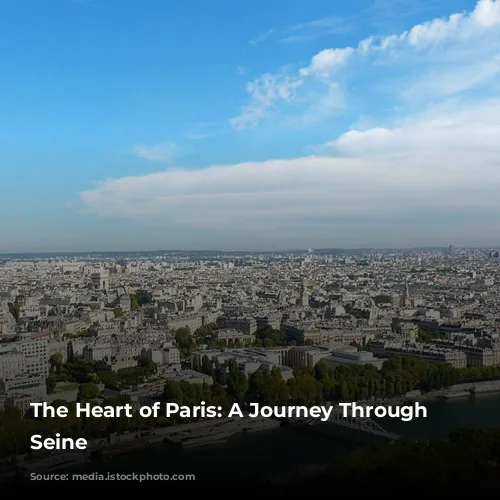
A River Reborn: Embracing the Seine Today
Today, the River Seine is celebrated for its beauty and its role as a vital part of Parisian life. There has been a concerted effort to enhance its banks and quays, creating pedestrian-friendly areas, verdant public gardens, and serene spaces for relaxation.
The Seine’s banks have become a haven for locals and visitors alike, a place to stroll, to relax, to enjoy the city’s vibrant energy, or simply to soak up the tranquil ambiance.
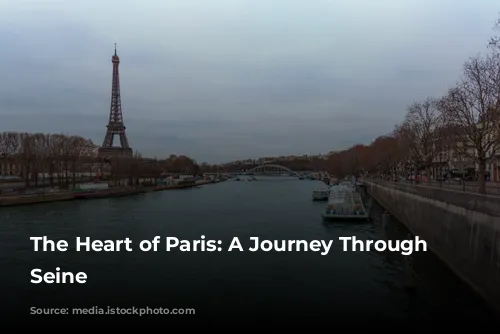
A River’s Journey: From Source to Soul
The River Seine, a timeless force, has shaped the history, culture, and landscape of Paris. From its humble beginnings at Source-Seine to its grand finale at the English Channel, the Seine has played a pivotal role in the city’s development, its waters reflecting the city’s past, present, and future.
Today, the Seine continues to enchant and inspire, a testament to the enduring power of nature and the transformative force of time.
